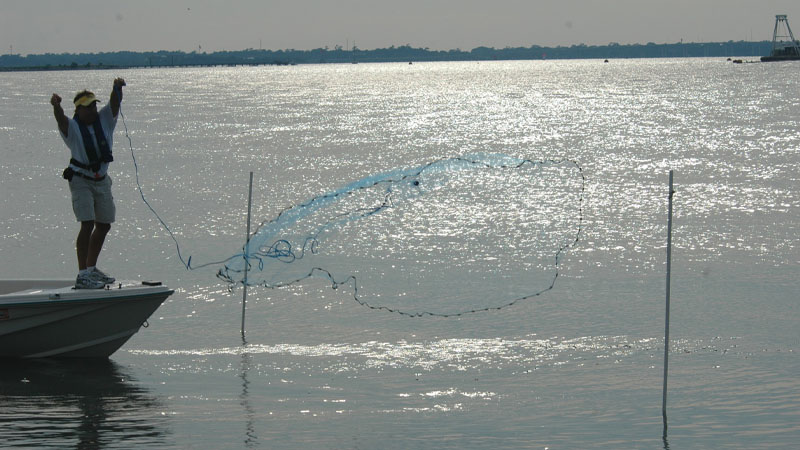Exclusive content

With the shrimp fishing season nearing its peak in Mexico’s Upper Gulf of California, local fishing communities find themselves in a financial tailspin. A trade embargo by the United States, imposed over concerns related to the endangered vaquita marina, has driven shrimp prices to new lows, crippling the primary livelihood of Baja California’s and Sonora’s fishing villages.
The Vaquita Marina and the Shrimp Embargo
For six years, the U.S. embargo has blocked Mexican shrimp exports to California, once the largest market for the Upper Gulf’s signature blue shrimp. This embargo was implemented in response to the use of gillnets, which have contributed to the declining numbers of the endangered vaquita marina, a species now thought to have as few as six to eight individuals remaining. With no resolution in sight, prices have plummeted, falling below USD 10 per kilogram. This has left fishermen with few options but to continue working at a severe economic disadvantage.
Black Market Shrimp and Vanishing Profits
Shrimp exporters have reportedly found loopholes to bypass the embargo, laundering shrimp through other regions before reselling it to the United States. “Buyers from abroad buy the shrimp at rock-bottom prices, process it, and then sell it back to U.S. markets as though it came from elsewhere,” lamented a local fisherman. This activity undermines local economies, leaving San Felipe, Baja California, and Puerto Peñasco, Sonora—among other communities—bearing the brunt of low prices, barely breaking even on fuel and other expenses essential to daily fishing operations.
From San Felipe to Guaymas, these blue shrimp, after being bought at drastically deflated prices, are reportedly sold for upwards of USD 20 in California—reaping large profits for middlemen while offering fishermen minimal returns.
A Call for Action on All Fronts
Local communities argue that current policies serve neither the fishermen nor environmental causes, suggesting that the embargo does little to protect the vaquita marina. While gillnets were officially banned in the Upper Gulf in 2020, enforcement has been limited. With the stakes high and daily incomes dwindling, fishermen and industry stakeholders have called for action from Mexico’s National Commission of Aquaculture and Fisheries (CONAPESCA) and the newly reformed Mexican Institute for Research in Sustainable Fisheries and Aquaculture. Urgent pleas center on creating viable alternatives to gillnets that could protect the vaquita marina without dismantling the fishing economy in the process.
Fishing cooperatives, permit holders, and vessel operators also look to the Mexican government for policy changes that would enable a more sustainable, economically viable shrimp industry. One key proposal: adjusting the protected polygons within the vaquita’s sanctuary, allowing shrimpers to use traditional nets in designated zones that would not impact the species’ habitat.
The Road Ahead: Sustainability or Stagnation?
Fishing communities in San Felipe, Golfo de Santa Clara, and Puerto Peñasco are holding on for survival, but they emphasize a willingness to work within environmental regulations if a balance can be struck. Proposed satellite tracking on smaller fishing vessels could allow authorities to track fishing activity more accurately, while cooperative efforts could help sustain both the fishing industry and the endangered species.